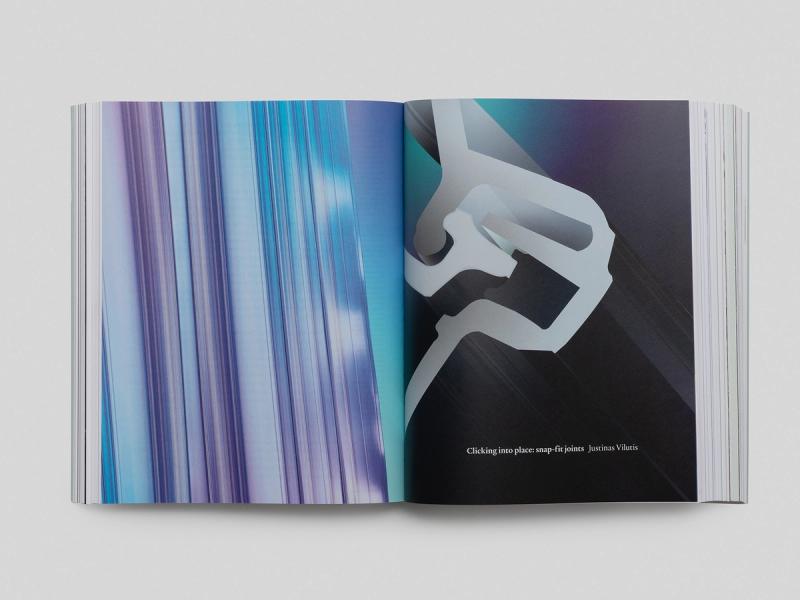
A Book About Joints Celebrates the Big Ideas Behind Tiny Details
In 1918, Dutch architect and furniture designer Gerrit Rietveld developed the first iteration of his influential Red Blue Chair. A member of the de Stijl art and architecture movement, which espoused the belief that a post-World War I Europe could restore itself culturally using new, simplified forms and pure abstraction, Rietveld defied several furniture making conventions with his new design. Red Blue Chair stripped the traditional lounge chair of its volume, reducing the form to a series of rectangular wooden planes as a means to create physical and visual balance. Rietveld’s instructions for building the chair instruct its maker to print the following verse (translated from German), from author and poet Christian Morgenstern’s poem Der Aesthet, and to attach it under the seat: “When I sit, I do not want / to sit like my seat-flesh likes / but rather like my seat-mind would, / if he were sitting, weave the chair for himself.”
Essential to this pioneering silhouette was the inclusion of a new type of joint used to link the pieces. Defying Western joinery traditions, in which points of connection are typically concealed within a given form, Rietveld’s joint placed these junctions front and center. Using three overlapping battens in three right-angled directions, Rietveld made his joints even more conspicuous by extending each piece beyond the point of intersection. By magnifying these oft-hidden details, Rietveld forged a new transparency in design—and spotlighted joinery as a medium for creativity and innovation that deserved to be celebrated.
More than a century later, the subject of physical points of connection receives its due commemoration with U-Joints: A Taxonomy of Connections, an independently-published compendium from architect Andrea Caputo and design professor Anniina Koivu, who served as editors, that encourages readers to look more closely at the details of design. Through six chapters and more than 900 pages, the hefty book traverses the subcategories of joinery with a vast taxonomy for each, fleshing out mechanical joints, knots, adhesives, sealants, welded points, and beyond. These encyclopedic surveys are presented alongside essays, interviews, anecdotes, and photographic studies from an international group of more than 120 architects, designers, artists, inventors, and scholars, demonstrating the cultural, social, and artistic story of the world’s omnipresent, yet overlooked, structural connectors.
A research project four years in the making, the initial concept for U-Joints (short for “universal joints”) began in 2018 with an acclaimed exhibition, curated by Caputo and Koivu, that was presented during Milan Design Week. For the show, titled “U-Joints: Equations Of Universal Lifestyle,” its organizers explored the material potential of various existing joints by disassembling them, cataloging them by material and production process, then reassembling them into prototypes for use in new applications. The show’s success inspired a subsequent series of U-Joints exhibitions that further explored the subject: a 2019 presentation at Switzerlands’ Galerie l’elac at ECAL/University of Art and Design Lausanne surveyed nails, screws, rivets, bolts, and nuts; a 2021 show at Switzerland’s Gewerbemuseum Winterthur considered adhesives and other fusions. The latest exhibition, on view through September 4 at Finland’s Fiskars Village Art and Design Biennale, zeroes in on knots and knits. Featuring more than 40 works by a global roster of designers, the effort surveys textiles, fabrics, meshes, membranes and ropework—some of the world’s oldest and most basic joinery techniques.
Ultimately, U-Joints and the projects that formed it posit that some of the smallest facets of everyday items can help us more deeply understand the big ideas, tools, and processes behind them. By taking the time to consider an object beyond its first impression, we have the opportunity to glimpse the artistry and innovation that its folds may contain.




